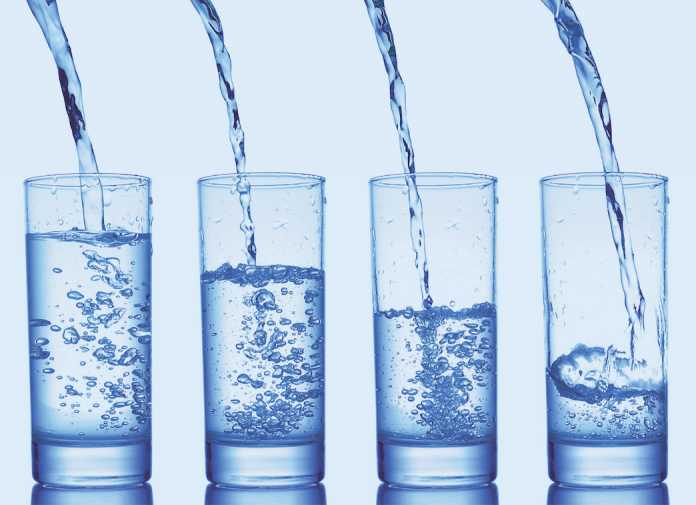A new interactive statistics portal allows users to compare cities’ differences within water abstraction, consumption, tariff structure and regulation of water services.
The portal, www.waterstatistics.org, launched by the International Water Association, allows users to see how specific water consumption for households differ between Los Angeles, New York and Washington DC, or the differences between Amsterdam and Yokohama.
“Utility managers as well as regulators and ‘water politicians’ can benchmark their water bills on city and country level but not on company level,” Jan Hammenecker, leader of the IWA Working Group Statistics, and Commercial Director of De Watergroep, Belgium, told The Source.
Users can view how water services are financed, how various water tariff structures are set up, which measurements of performance service providers use, how they analyse their micro-economics and manage their services.
The portal includes data from all five continents, 40 countries and 170 cities. Key trends from the data include;
- Household consumption of potable water varies from 28 to 631 litres per day per capita, a factor of 20.
- Water taxes that form part of the water bill vary between 0 and 28 percent of the total bill.
- No single tariff structure is trending worldwide. Hammenecker said that fixed charges versus variable charges and environmental charges, all have different advantages and disadvantages.
- Water consumption remains subsidised in many countries and cities.
- Water pricing is a useful tool for reducing water consumption in times of water scarcity.
“To run a water company in a sustainable way, cost recovery must be reflected in the water bill,” added Hammenecker. “From the point of view of the consumer, the water bill should be affordable, as potable water for everyone is a human right. So, the ‘best in class’ are the companies that run their company in an cost-efficient, sustainable way, so that the consumer pays a fair, cost covering price.”
Hammenecker and Ann Bijnens, statistics expert from De Watergroep, plan to update the database and website every six months.








